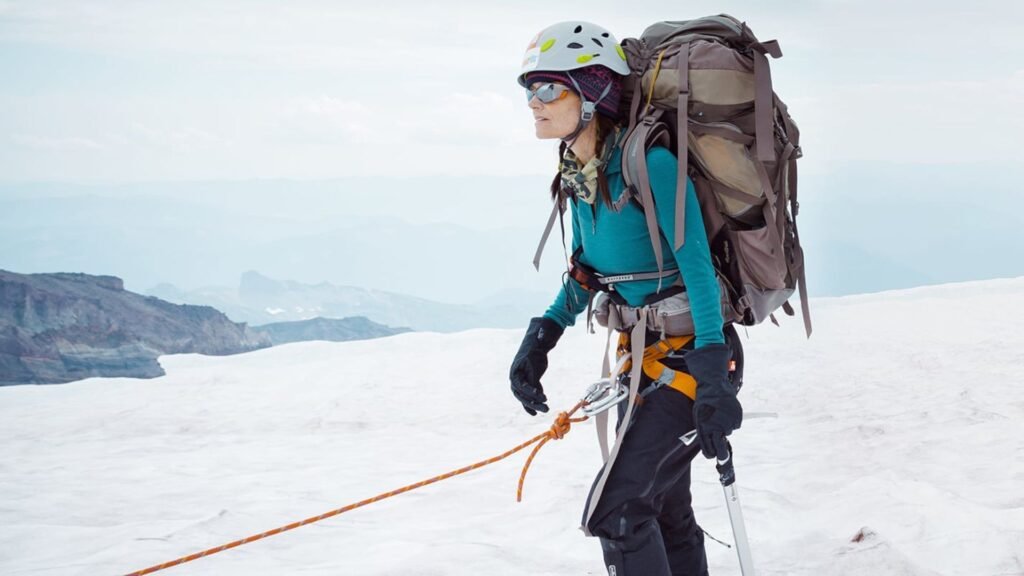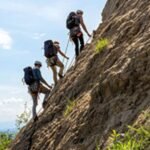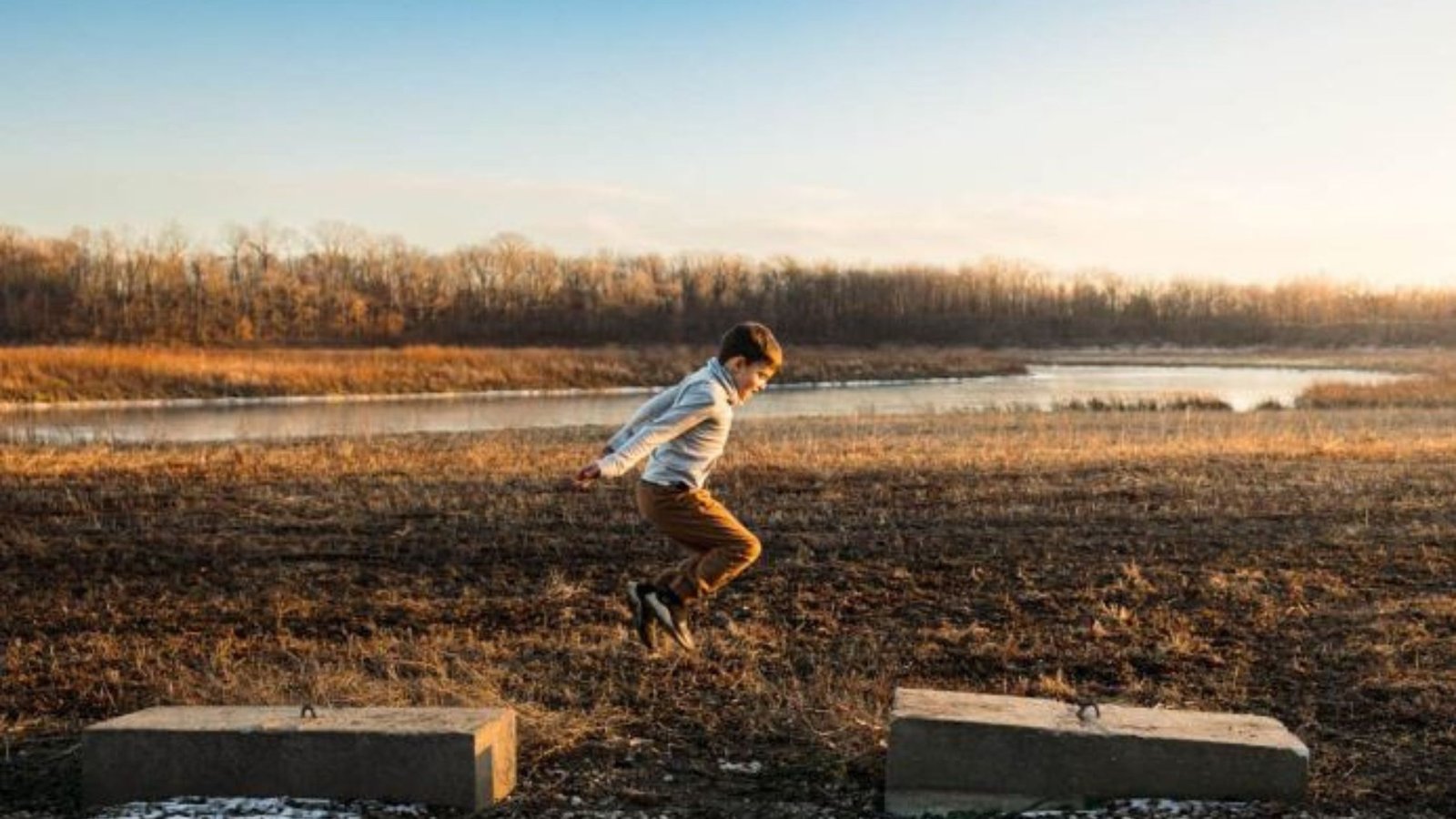Training for high-altitude climbing requires a well-rounded approach that includes physical conditioning, mental preparation, and proper acclimatization techniques. Here’s a comprehensive guide to help you prepare for high-altitude climbs.

Build Cardiovascular Endurance
Purpose: Improve your ability to sustain prolonged physical activity.
Training Tips:
- Aerobic Exercises: Incorporate running, cycling, swimming, and hiking into your routine. Aim for at least 30-45 minutes of aerobic exercise, 3-5 times a week.
- High-Intensity Interval Training (HIIT): Include HIIT workouts to improve cardiovascular efficiency. Alternate between high-intensity exercises and rest periods.
- Stair Climbing: Use stairs or a stair climber machine to mimic the climbing motion and build leg strength.
Increase Strength and Power
Purpose: Enhance muscle endurance and power needed for climbing.
Training Tips:
- Leg Workouts: Focus on squats, lunges, step-ups, and calf raises to strengthen your legs.
- Core Exercises: Strengthen your core with planks, Russian twists, leg raises, and bicycle crunches to improve balance and stability.
- Upper Body Strength: Perform pull-ups, push-ups, and rows to build upper body strength necessary for climbing and carrying gear.
Enhance Flexibility and Balance
Purpose: Improve your ability to navigate challenging terrain.
Training Tips:
- Stretching: Incorporate dynamic stretches before workouts and static stretches after workouts to maintain flexibility.
- Yoga: Practice yoga to enhance flexibility, balance, and mental focus.
- Balance Exercises: Use balance boards, Bosu balls, or practice single-leg stands to improve balance.
Practice Simulated Altitude Training
Purpose: Adapt your body to lower oxygen levels.
Training Tips:
- Altitude Tents: Use altitude tents or masks to simulate high-altitude conditions while sleeping or exercising.
- Hiking at Elevation: If possible, train in high-altitude locations to experience the actual conditions.
- Interval Hypoxia Training: Alternate between low-oxygen and normal-oxygen environments during workouts to improve your body’s adaptation.
Focus on Acclimatization
Purpose: Reduce the risk of altitude sickness.
Acclimatization Tips:
- Gradual Ascent: Plan your climb with gradual altitude gains to allow your body to adjust.
- Rest Days: Include rest days in your itinerary to aid acclimatization.
- Stay Hydrated: Drink plenty of water to help your body cope with altitude changes.
- Healthy Diet: Eat a balanced diet rich in carbohydrates to maintain energy levels.
Mental Preparation
Purpose: Build mental resilience and focus.
Training Tips:
- Visualization: Practice visualization techniques to mentally prepare for the climb. Picture yourself successfully navigating difficult sections and reaching the summit.
- Meditation and Mindfulness: Incorporate meditation and mindfulness exercises to improve focus and reduce stress.
- Goal Setting: Set realistic goals and milestones to keep yourself motivated and on track.
Learn Technical Skills
Purpose: Gain the necessary skills for safe and efficient climbing.
Training Tips:
- Rope Skills: Learn essential rope skills, including knot tying, belaying, and rappelling.
- Crampon and Ice Axe Use: Practice using crampons and ice axes in a controlled environment.
- Crevasse Rescue: Take a course on crevasse rescue techniques if your climb involves glacier travel.
- First Aid: Take a wilderness first aid course to handle potential emergencies.
Monitor Your Progress
Purpose: Ensure that your training is effective and adjust as needed.
Training Tips:
- Track Workouts: Keep a training log to monitor your workouts, progress, and any challenges you encounter.
- Regular Assessments: Periodically assess your fitness levels and adjust your training plan accordingly.
- Listen to Your Body: Pay attention to signs of overtraining and give yourself adequate rest and recovery.
Conclusion
Training for high-altitude climbing requires a comprehensive approach that includes cardiovascular endurance, strength, flexibility, and mental preparation. By incorporating these elements into your training regimen, you’ll be better equipped to handle the physical and mental demands of high-altitude climbs. Remember to focus on gradual acclimatization, learn necessary technical skills, and monitor your progress to ensure a safe and successful ascent.











